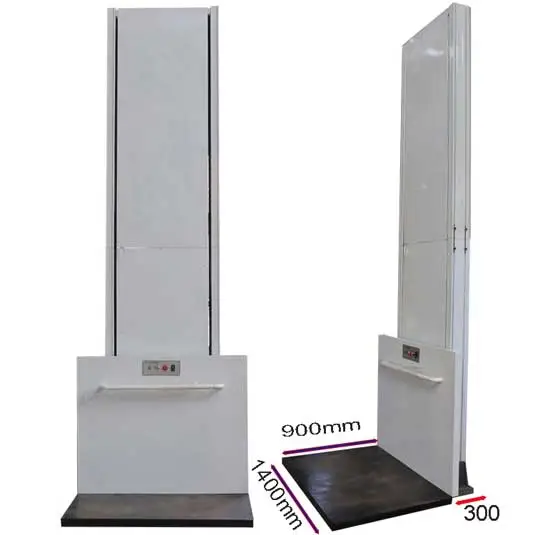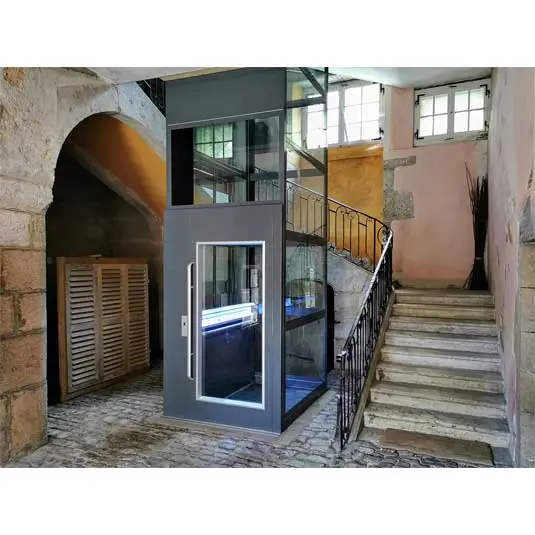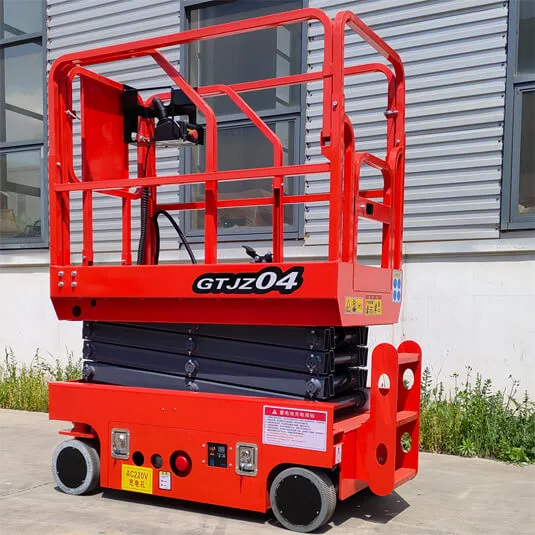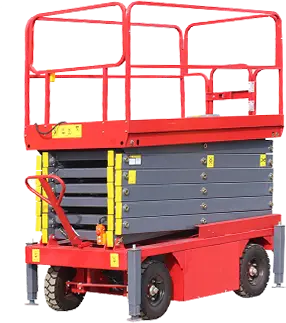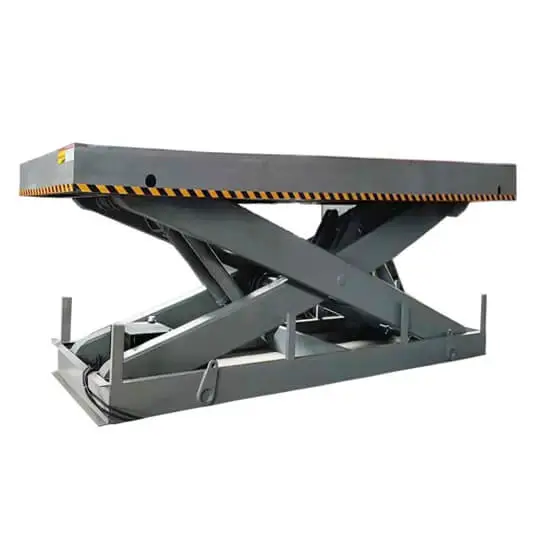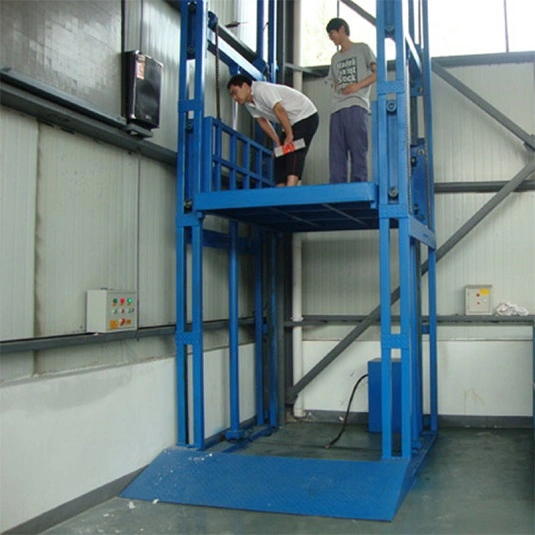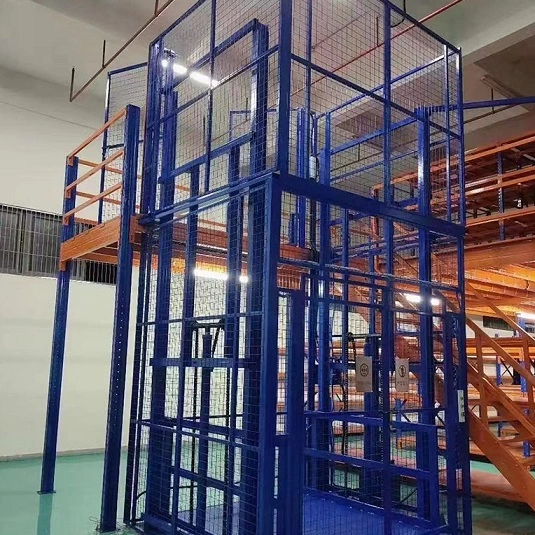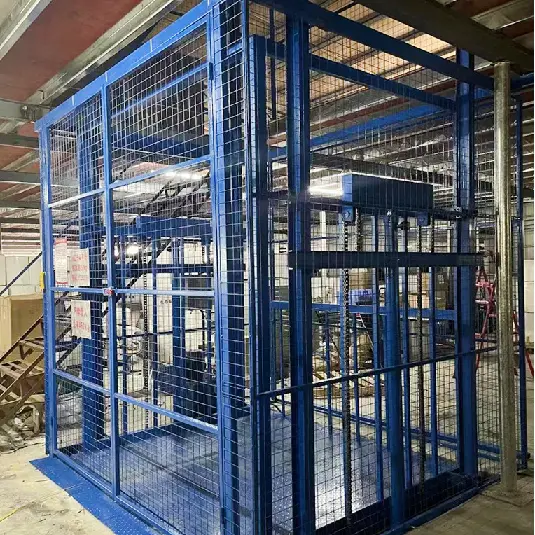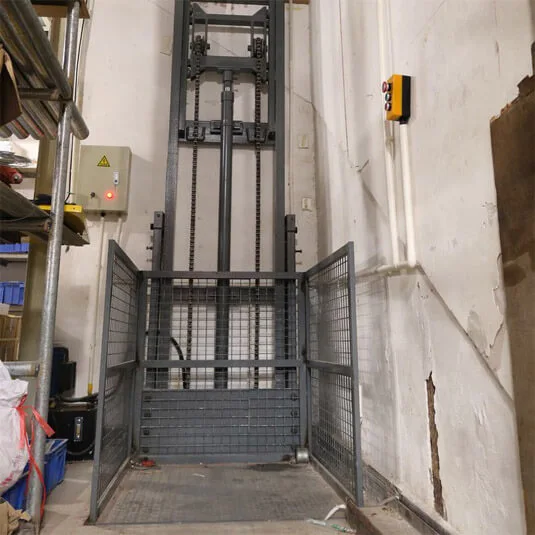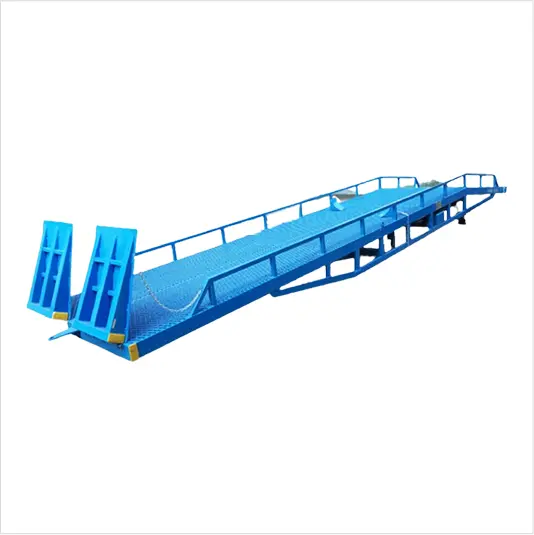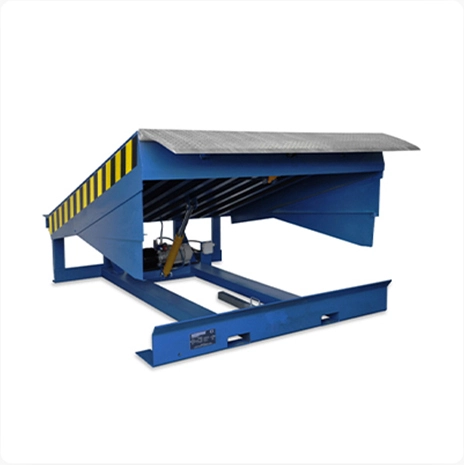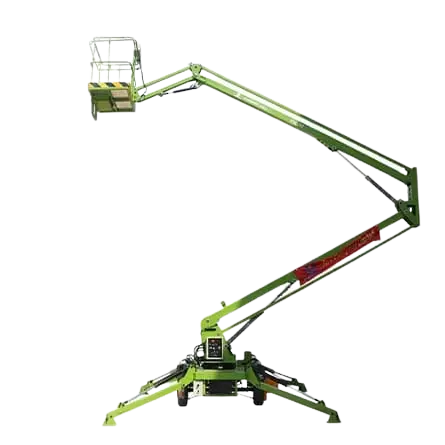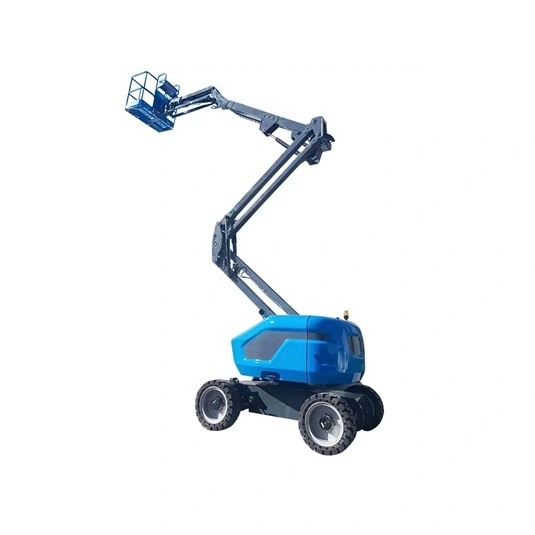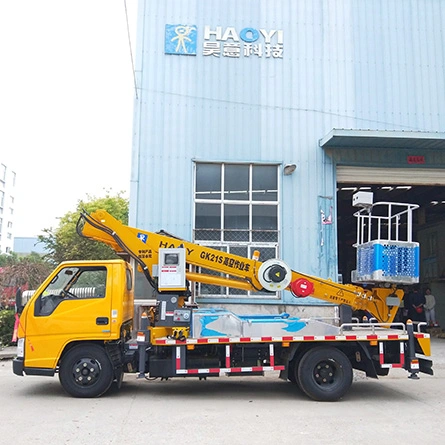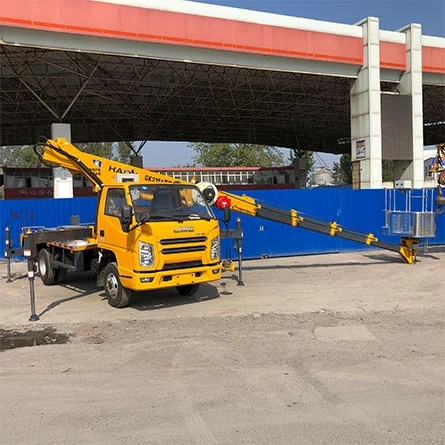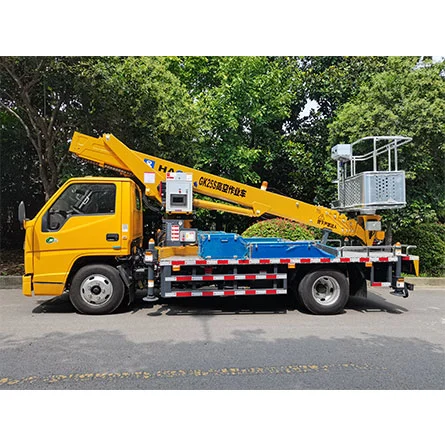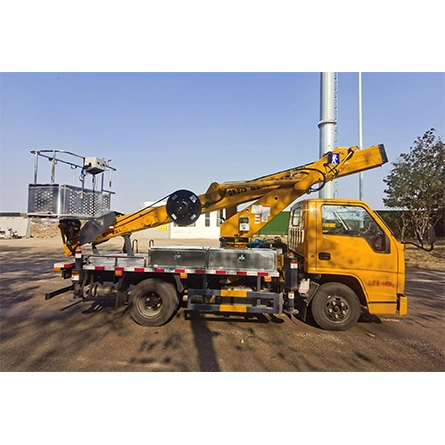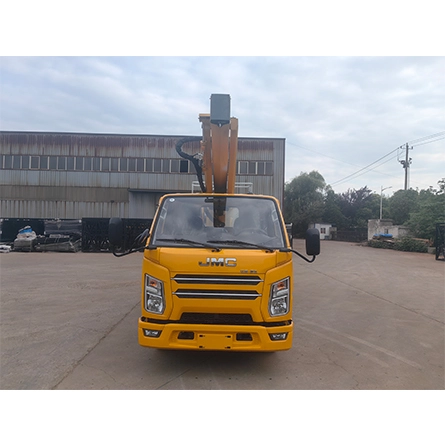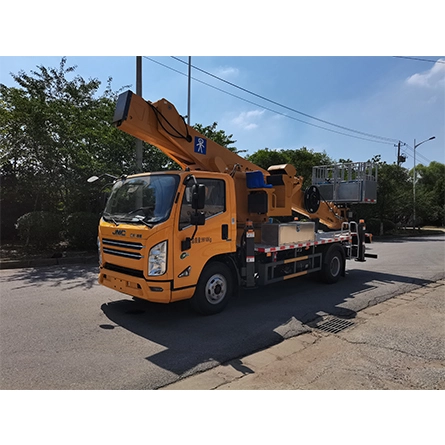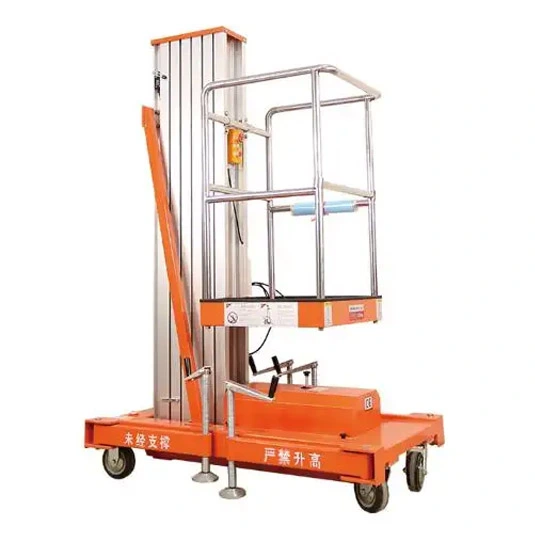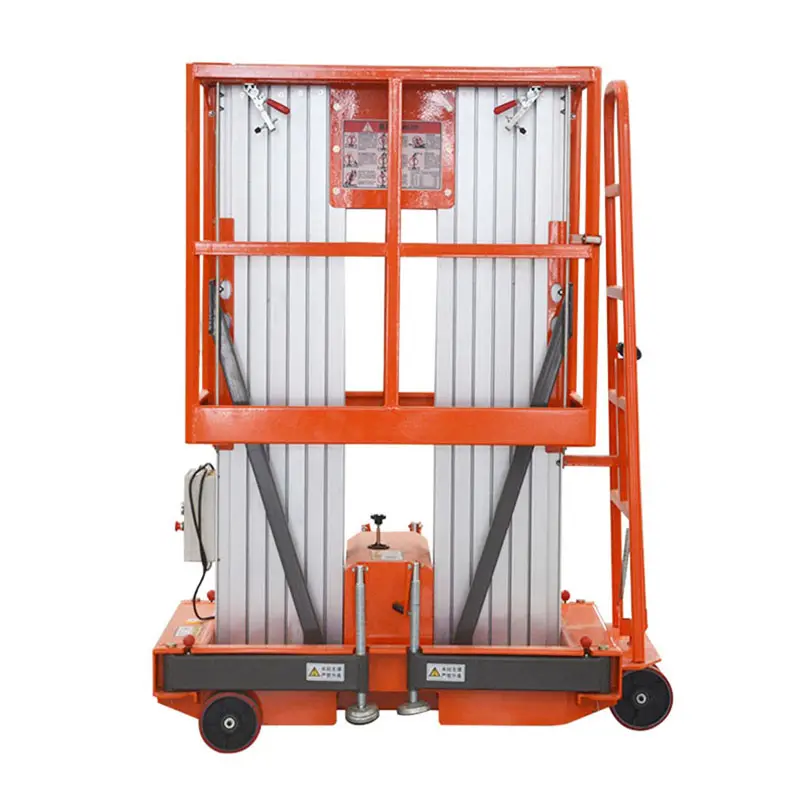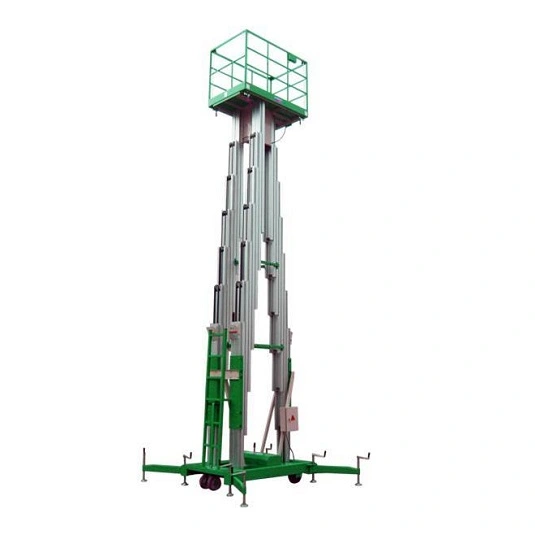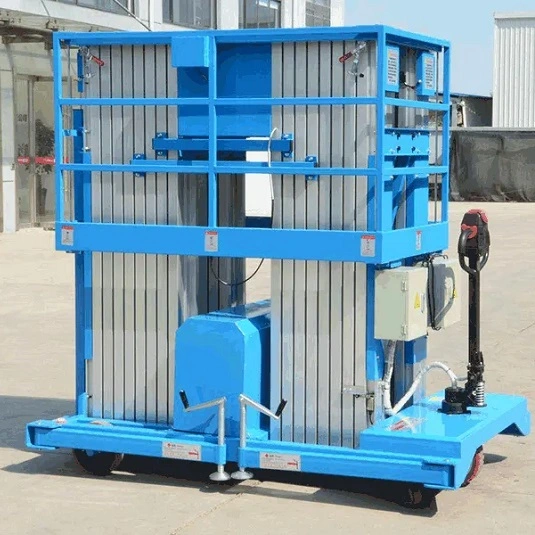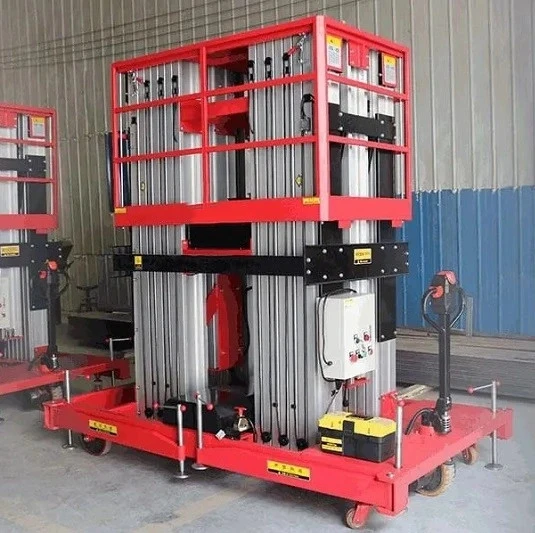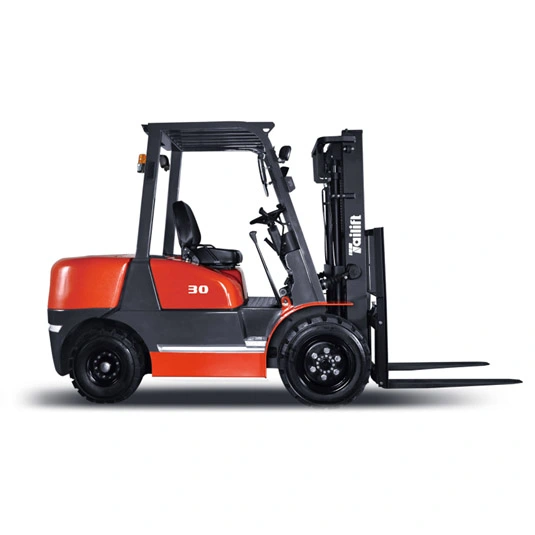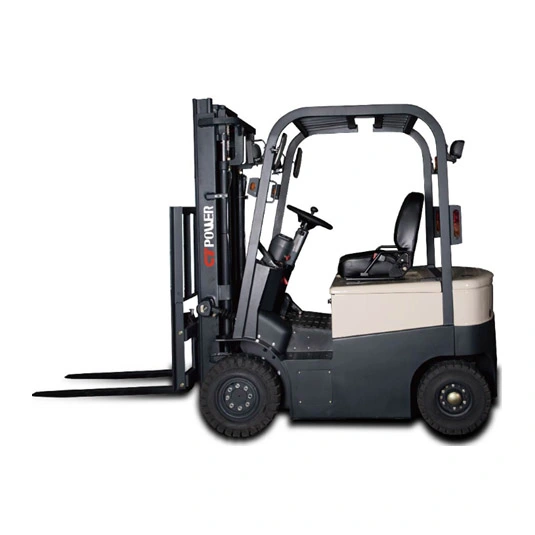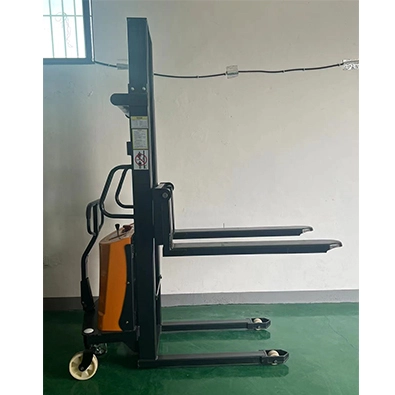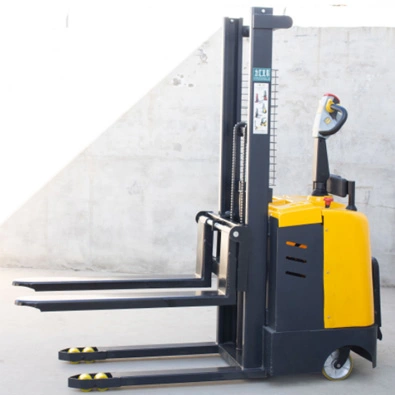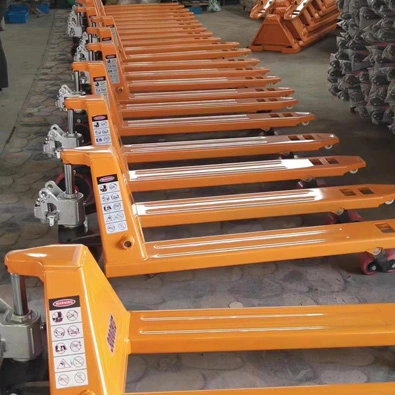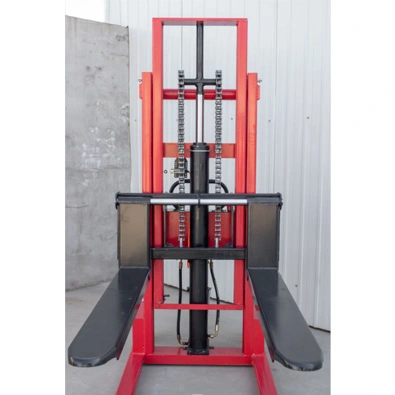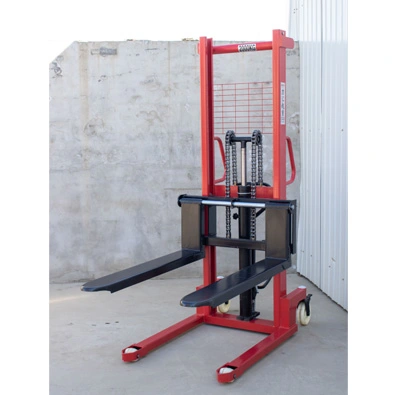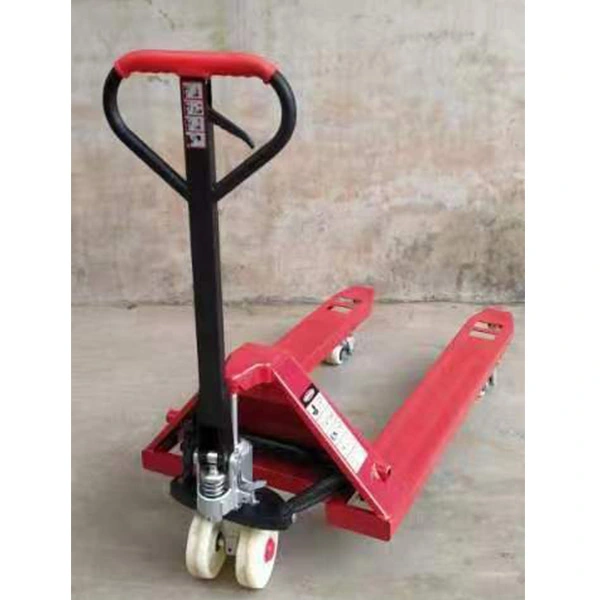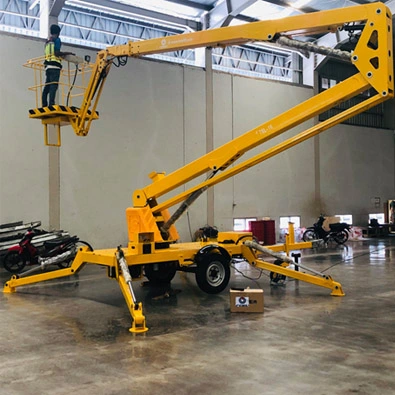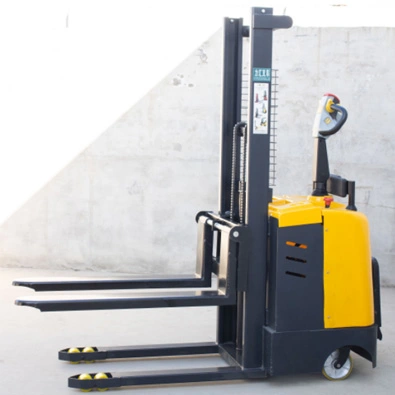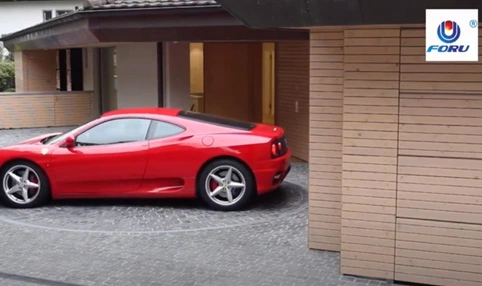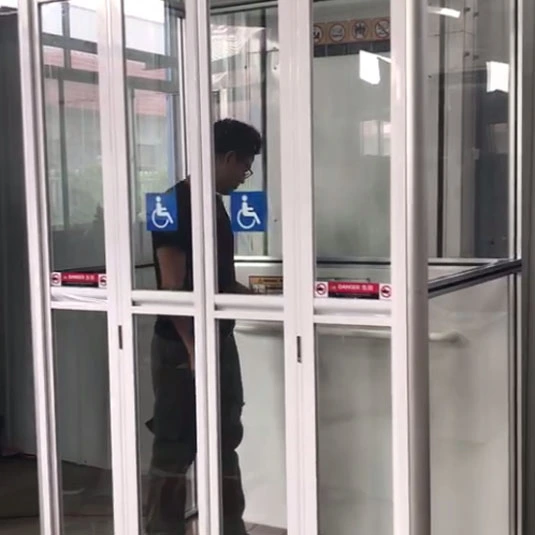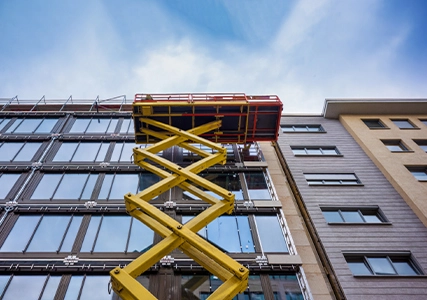What Is the Reason for the Development of Lightweight Boom Lift?
The research and development of lightweight boom lift mainly stems from changes in market and technical needs, as well as the continuous pursuit of improving operating efficiency, safety and flexibility. The following are some of the key factors driving the development of lightweight boom lifts:
Improve operating efficiency: With the development of economy and intensified competition, enterprises increasingly need efficient material handling and operating equipment to improve production efficiency. Lightweight aerial lifts can complete lifting tasks quickly and accurately, significantly improving work efficiency.
Operational flexibility requirements: In small or complex operating environments, traditional heavy-duty aerial boom lift(https://www.forulift.com/products/aerial-boom-lift/) may not be able to operate flexibly. Due to their small size, light weight and flexible control, lightweight aerial lifts can adapt to more diverse operating environments and meet the operational needs of specific scenarios.
Safety concerns: Workplace safety has always been a focus of enterprises and R&D teams. Lightweight boom lifts are usually equipped with advanced safety features, such as overload protection, emergency stop buttons, etc., which can effectively reduce safety risks during operations.
Technological progress: The application of new materials and new technologies makes it possible to design and manufacture lightweight aerial lifts. For example, the use of high-strength lightweight materials can reduce the weight of the equipment itself, while advanced control technology and electric systems improve the performance and reliability of the equipment.
Environmental protection and sustainable development: With the global emphasis on environmental protection and sustainable development, the research and development of lightweight aerial lifts also takes into account the needs of energy conservation and emission reduction. Such equipment often uses electric or other low-emission powertrains, reducing environmental impact.
Cost control: lightweight aerial lifts are also developed with cost-effectiveness in mind. By optimizing the design and manufacturing process, boom lift company aims to provide users with cost-effective solutions for this type of equipment, which not only meets operational needs, but also controls procurement and operating costs.
User experience: As users’ requirements for equipment operation comfort and convenience increase, the design of lightweight aerial lifts pays more and more attention to user experience. This includes simplifying the operating interface, improving mobility and ease of maintenance.

How Many People Can Generally Fit on Platform of a Lightweight Boom Lift?
Lightweight boom lifts are designed primarily for lifting materials or equipment and are not specifically designed to carry people. However, there are indeed some boom lifts or similar equipment on the market, such as aerial work platforms (AWP) or elevating work platforms. These aerial work platform lifts are specially designed to carry operators for high-altitude work. For equipment designed to carry people, the number of people that can fit on the deck depends on its design and load-carrying capacity.
Generally speaking, the tabletop of a light boom lift or aerial work platform is designed to accommodate 1 to 2 people. This is due to the stability and safety of the equipment and the actual needs of the working space. Large or specially designed articulated boom lift platform may have larger decks and higher load-bearing capacity, and can carry more people.
25m scissor lift
Vehicle mounted boom lift
Scissor lift maintenance

